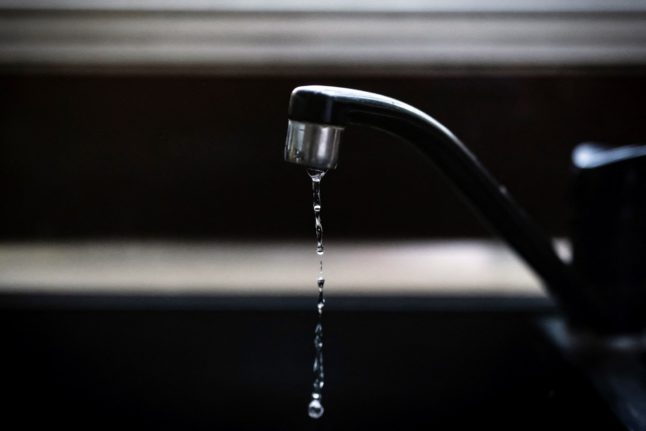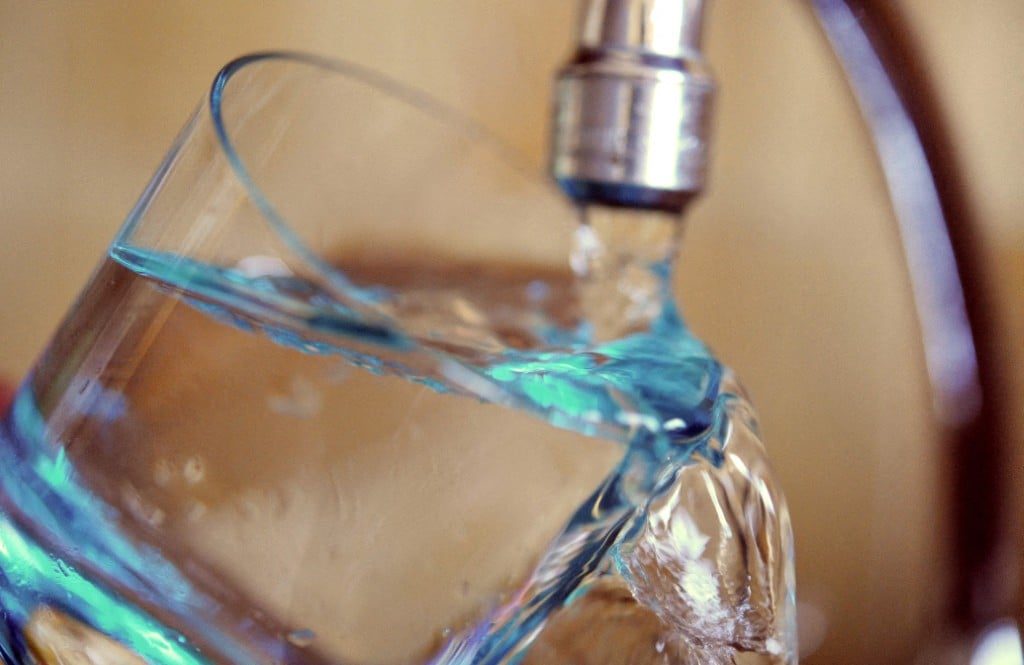Around 1,000 people marched on a soaking wet day in the northern Italian city to decry the building of infrastructure for the Milan-Cortina Games, including the event’s controversial bobsleigh track.
The march was organised by pressure group Unsustainable Olympics Committee, a network of hiking groups, environmental activists, heritage associations and left-wing political movements.
They contend the sporting event will have a negative impact on the environment in Italy’s mountains and the cost of housing in Milan, and have organised other, smaller protests over the last week.
“I’m here to defend the environment from an unsustainable model of development,” careworker Simona Antonioli, 29, told AFP.
“The mountains are increasingly becoming prey for speculators, and we also want more protection there.”
The Italian government announced earlier this month that the Games’ bobsleigh track would be built in Cortina d’Ampezzo, despite opposition from the International Olympic Committee (IOC) and after organisers had announced that sliding events would take place outside Italy.
The IOC said that the 82-million-euro ($88.6-million) project may not being ready in time for the extensive testing needed before the Games, while having little long-term benefit to local residents.
Italian construction company Pizzarotti, the sole bidder for the contract, has 13 months to build a 1,445m-long (4,740-foot) track which includes 16 bends and requires complex refrigeration systems.
“The mountains are not an amusement park,” said protestor Alberto Di Monte, 38.
To “turn the mountains into a track is to have the wrong idea of what the mountains are.”
Events at the Winter Olympics will be spread widely across northern Italy, as well as in Milan and Cortina.




 Please whitelist us to continue reading.
Please whitelist us to continue reading.
Member comments